DTC-OFF
DTC removal: Turn off errors, turn on performance!
The removal of DTCs (Diagnostic Trouble Codes) involves modifying the engine control unit (ECU) to eliminate specific error codes. These codes are generated by the onboard diagnostics system (OBD) when a malfunction is detected.
Why is DTC removal performed?
DTC removal is commonly used during tuning or repair work, especially when components like EGR valves (Exhaust Gas Recirculation), DPF (Diesel Particulate Filter), or intake manifold flaps have been removed or deactivated. In such cases, the associated error codes must be suppressed to prevent warning lights or performance losses.
Is removing a DTC safe?
Removing a DTC without addressing the underlying cause is not safe. Although deleting the code turns off the warning light, the actual problem remains. Driving with unresolved issues can cause long-term damage to the vehicle or even pose a safety risk, especially if the fault code relates to critical systems like brakes or the engine.
It is recommended that a qualified mechanic identifies and repairs the issue before a fault code is removed. In some cases, such as a loose fuel cap, removing the code may be harmless.
Important: Disabling a DTC does not mean that all warning lights will disappear. The system remains active and will continue to alert you to new issues. We only deactivate codes for components whose removal is safe and necessary after tuning.
What does a DTC mean?
A Diagnostic Trouble Code (DTC) is generated by the Onboard Diagnostics system (OBD) and indicates a problem in the vehicle. These codes help identify faults in areas such as emissions, engine performance, fuel system, and other critical functions.
The codes are stored in the control unit and can be read out with a diagnostic tool. They range from minor issues, like a loose fuel cap, to serious engine malfunctions.
There are generic DTCs that are standardized across manufacturers, as well as manufacturer-specific codes unique to certain brands or models.
Structure of a DTC code:
A DTC code consists of four or five characters:
- The first character is always a letter and indicates the system:
- P = Powertrain (Antriebsstrang)
- C = Chassis (including ABS)
- B = Body (including airbags, air conditioning)
- U = Network Communication
- The second character indicates whether the code is generic (0) or manufacturer-specific (1).
- The following numbers specify the exact cause of the fault:
- 1 = Air-fuel measurement systems
- 2 = Injection system
- 3 = Ignition system / misfire
- 4 = Emission control systems
- 5 = Idle control
- 6 = Computer controlled systems
- 7, 8, 9 = Transmission control
- A, B, C = Hybrid drive systems
What happens when a DTC is removed?
To permanently remove a DTC, the ECU map is reprogrammed to deactivate the specific code. For example, if the DPF is removed, the associated error code should also be eliminated to prevent warning lights and limp mode.
If further issues occur after a code removal, they will still be displayed on the dashboard. A professional and licensed DTC remover ensures that deleted codes do not negatively affect the vehicle.
List of Common DTC Codes:
- P-Codes: Powertrain Faults
- C-Codes: Chassis Fault Codes
- B-Codes: Body Electronics Fault Codes
- U-Codes: Communication Issues Between Control Modules
If you need help identifying or removing a DTC, register on our portal and contact us at ecu-chiptuningfiles.com. Our expert team provides professional support!

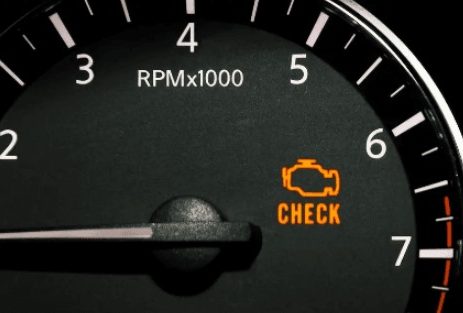

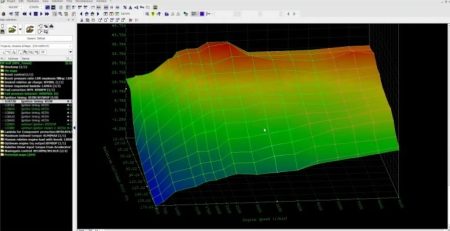

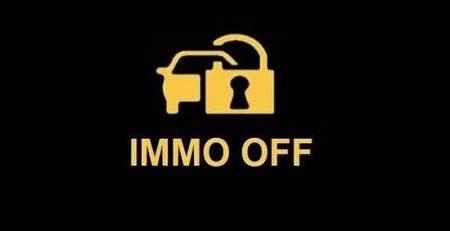
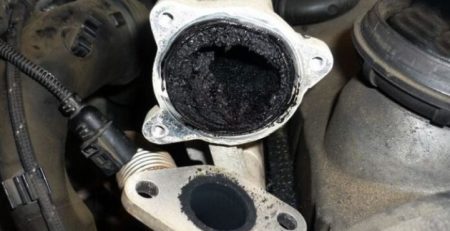
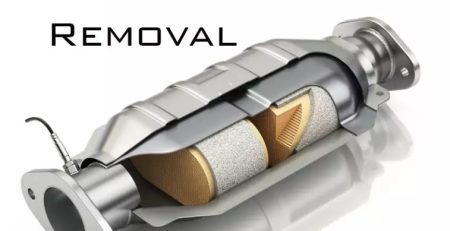

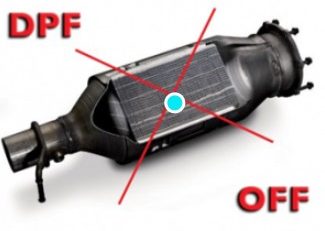
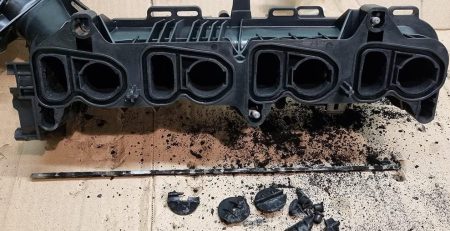
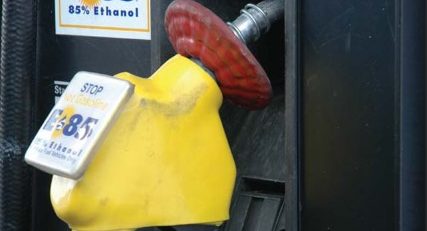
Leave a Reply
You must be logged in to post a comment.